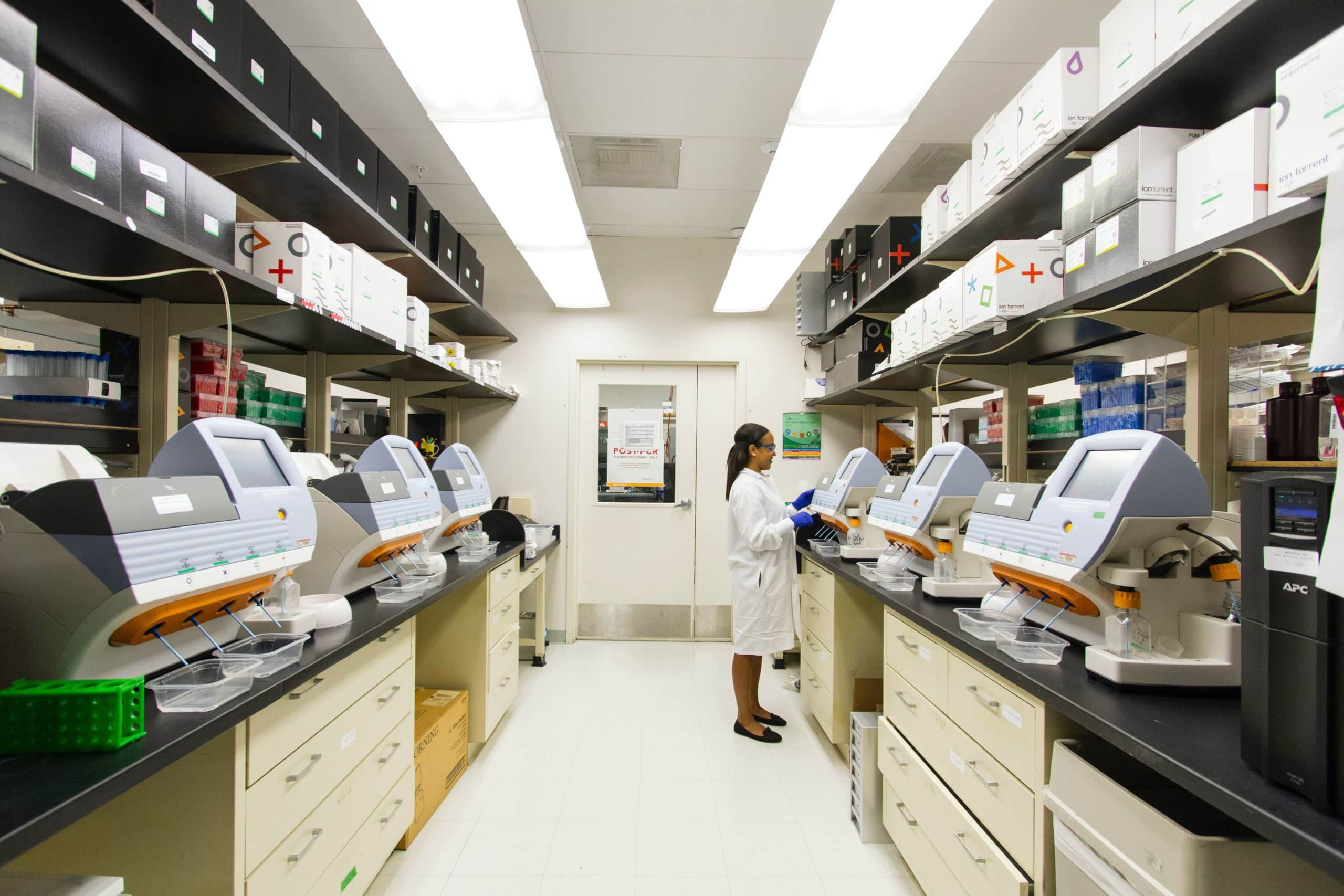AI is today speaking the same language as clinicians. Using a Deep Learning model, three researchers from the IBISC Laboratory have designed GraphGONet, a virtual neural network that combines prediction and explanation. Victoria Bourgeais, Farida Zehraoui and Blaise Hanczar have published the model in the Bioinformatics Review of 10 March 2022.
The biological knowledge of physicians has been integrated into this neural network to ensure that the model is by nature interpretable, basing itself on the “Gene Ontology” knowledge base, which harmonizes the biological knowledge currently available on genes and their biological functions. Each element (function, mechanism…), called “GO term”, is described in a standardized vocabulary and rules, and codified. At the time of delivering its prediction, GraphGONet thus explains the biological functions on which its predictions are based.
Up until now, most of the algorithms used in AI did not deliver their “recipes” to the medical teams. Failing to understand why the machine provided them with a particular diagnosis, an element of doubt remained. With GraphGONet, researchers and clinicians have the assurance that the predictions are based on reliable medical characteristics.
“The data that the scientific community has at its disposal today about genes are very complicated. Recourse to AI is essential, using deep learning methods. Our neural network makes key predictions about the patient based on the activity of their genes, but it is essential that clinicians understand how the model functions otherwise they will not use it,” Blaise Hanczar, Co-leader of the AI stream of the IBISC laboratory.
By ingesting patients’ gene expression data, GraphGONet makes it possible not only to determine the type of cancer but also to establish an initial prognosis and predict the patient’s response to one treatment or another. A further step towards made-to-measure medicine. One year of research was needed to design this program, which is now freely available on GitLab.
Over time, researchers hope to incorporate other sources of biological knowledge, such as metabolic pathways.



